|
There is a saying that it takes a village to raise a child. And, at Il Conte Villa Prandone, it takes a determined family to produce noteworthy wines. Spanning three generations, the De Angelis family has dedicated themselves to making wine since the 1950s. Today, third generation Emmanuel (winemaker), Walter and Samuel (vineyard managers), and Marina ( office management) continue their grandfather and father’s philosophy and tradition. Each generation’s love of the land and passion for work in the vineyards and cellar are evident. Emmanuel De Angelis said, “Our philosophy is very simple. We want to preserve, protect, and respect our land. There are three elements; history, the identity of the territory, and style.” What began with their grandfather planting seven hectares has now grown to 50 hectares under vine. The winery is situated in the province of Ascoli Piceno, near the enchanting medieval village of Monteprandone in the beautiful Marche region of central Italy. The vineyards here benefit from the gentle breezes of the Adriatic Sea to the east and the mild currents of the Sibillini Mountains to the west. In addition to the beneficial microclimate, night and day temperature variations help to keep the grapes healthy. The medium-textured clay-limestone soil contributes to aromas and unique flavors. And the terroir is a perfect haven for giving the wines good structure and alcohol content. Most of the wine produced at Il Conte Villa Prandone comes from indigenous grapes, but they also grow a few international varieties. Sustainability and biodiversity are practiced in all of their vineyards. Recently, Il Conte Villa Prandone sent me six wines to try while participating in a fun zoom session with Emmanuel and Mara Bastiani De Angelis, the export manager. These wines are an elegant expression of the land and the family’s passion. Navicchio Offida Pecorino DOCG 2021 This 100% Pecorino is their only white wine that is vinified and aged in concrete tanks and amphoras. Emmanuel calls it “our diamond. It is a white wine in a red body.” He also said that it has a shelf life of 10+ years. Nose: Floral, spice, citrus, and a hint of yeast. Palate: Lovely acidity, citrus, lots of spice with lemon zest on the finish. Vibrant, fresh, and complex. Alcohol: 13% SRP: $15 Pairing suggestions: Enjoy as an aperitif or serve with seafood, poultry, salads, and mushroom risotto. Donello Marche Sangiovese IGP 2020 This wine is 100% Sangiovese. After fermentation, the wine is preserved in cement tanks before bottling. Mara said, “It is our best-selling wine.” It is intended to be consumed within eight to ten years of the vintage. Nose: Floral, spice, berries Palate: Fresh with cherry, red berries, a hint of violet, spice, and herbs. Alcohol: 13.5% SRP: $14-15 Pairing suggestions: Grilled meat, mature cheese, hearty stews, or game. Marinus Rosso Piceno Superiore DOP 2017 This is a blend of 70% Montepulciano and 30% Sangiovese grapes. It is aged for one year in oak barrels. Emmanuel called it “an intense wine.” Nose: Cherry, berries, baking spice, fennel, and a hint of espresso. Palate: Sweet and savory with dark berries, spice, and smooth tannins. Cherry and spice linger on the finish. Alcohol: 14% SRP: $20 Pairing suggestions: Grilled meat, game, seared tuna, hearty pasta, or stews. Zipolo Marche Rosso IGP 2018 This wine is an international blend and is produced in extremely limited quantities. The first bottle was produced in 1999. It is a selection of Montepulciano, Sangiovese, and Merlot grapes. The wine is aged 16-24 months in oak barrels and another 12 months in bottle. Emmanuel suggests giving it time to open up, perhaps an hour before serving. Nose: Intense aromas of plum, dark berries, baking spice, and toast. Palate: Concentrated flavors of blackberry, plum, baking spice, and vanilla. Velvety tannins, complex, and well structured. Alcohol: 14% SRP: $25 Pairing suggestions: Roasts, stews, hearty soups, vegetable risotto, and mature cheese. Lu Kont Marche Rosso IGP 2018 This wine is 100% Montepulciano sourced from single vineyards with 50-year-old vines. It is aged in oak barrels for 12 months, then another 12 months in concrete tanks. It rests for at least six months in the bottle before release. Emmanuel suggests opening one hour before serving. Nose: Fragrant and fruity with berries, baking spice, and herbs.
Palate: Aromas segue onto the palate with pomegranate, cherry, anise, and minerality. It is savory, complex, and elegant. Alcohol: 15% SRP: $30 Pairing suggestions: Roasts, game, poultry, hearty stews, pasta, mushroom risotto. IX Prandone Marche Rosso IGP 2017 The label is a dedication to the town founded in the ninth century. The wine is 100% Merlot that is produced in very limited quantities. It is fermented in concrete tanks for 25-30 days and then aged in oak barrels, concrete tanks, and amphoras for 30 months. It then rests in bottle for one year. Nose: Violet, ripe red fruit, plum, berries, baking spice, and earthy. Palate: Juicy with good structure, cherry, blackberry, spice, and a hint of cocoa. Alcohol: 14.5% SRP: $80 Pairing suggestions: Grilled meat, game, spicy cuisine, roasted/caramelized vegetables, or charcuterie. I encourage you to explore these wines, and, better yet, put Marche on your bucket list of places to visit and sip a glass of wine surrounded by beauty! Until next time… Cheers! Penina To leave a comment or if you have an inquiry, please contact me at [email protected] It might be winter with lots of snow, ice, and frigid temperatures, but I’m enjoying a touch of spring with these fresh and vibrant wines from Languedoc! Languedoc and Roussillon, now known as the Occitanie region since 2016, is France’s largest wine-producing area located in southern France(approximately 584,400 acres). It extends from the Rhône valley in the east to the Spanish border in the southwest. Languedoc makes up about 90% of this region, with Roussillon occupying 10%. The wine styles reflect the climate and terrain, which vary with the location of the vineyards growing from the Mediterranean Sea to the mountainous terrain more inland. While this region offers red, white, rosé and sparkling wines, about 75% to 80% of the wine production is red, with Syrah, Grenache, Mourvèdre, Cinsault, and Carignan being the major players. The red wines are noted for being fruit-driven and full-bodied, with an emphasis on blends rather than single varietals. White grapes include Grenache Blanc, Picpoul, Vermentino, Viognier, and Bourbouelenc.
Most of Languedoc’s vineyards are located on coastal plains, and Roussillon vineyards lie in the foothills of the Pyrenees or on cliff tops. The vineyards experience a primarily Mediterranean climate with varying microclimates and soil composition. It is interesting to note that Languedoc is documented as one of France’s largest organic wine-growing regions. Here are three samples of what Languedoc has to offer. Domaine Reine Juliette Picpoul de Pinet ‘Terres Rouges’ 2020 Domaine Reine Juliette is a sixth-generation winery located on the Via Domitia in Pomerols on the Mediterranean coast. This wine is made from 100% Picpoul blanc grapes planted in red limestone gravel in vineyards situated in the Appellation of Protected Designation of Origin Languedoc “Picpoul de Pinet.” Fermentation takes place in stainless steel, with short aging in bottle before release. Nose: Floral, white stone fruit, melon, and citrus Palate: Dry and crisp with lemon, honeydew, white peach, minerality, and a touch of red ruby grapefruit on the finish. Alcohol: 13% SRP: $23 Pairing: Enjoy as an aperitif or serve with salmon croquettes, shellfish, or oysters. Terre Des Dames Le Rosé 2020 AOC Coteaux du Languedoc Terre Des Dames was purchased in 2002, but the estate’s originality shines through with its 100 -year-old vines and 18th-century buildings. This rosé is a blend of 40% Mourvèdre, 30% Grenache, and 10% Syrah. Grapes are sourced from small plots on different levels and are surrounded by ancient stone walls and wild garrigue. Nose: Floral, red berries, Palate: Fresh fruit, raspberry, strawberry, spice, minerality, and a hint of herbal. Crisp, dry, with subtle complexity, and quite delightful! Alcohol: 13% SRP: $21 Pairing: Enjoy as an aperitif or serve with light fare. Domaine La Madura ‘Classic Rouge’ 2018 AOP Saint-Chinian Domaine La Madura is located in Saint-Chinian appellation, with blocks of vineyards planted on a patchwork of very varied soils and altitudes that differ from one plot to another. The blend for this wine is 34% Grenache, 22% Carignan, 22% Mourvèdre, and 15% Syrah, with vines growing on slopes in varying soil types such as clay-limestone, sandstone, and schist. Aging of wine is in concrete vats and 3 to 10-year-old barrels for Syrah and Mourvèdre. Nose: Cherry, dark fruit, herbal notes, and earthy. Palate: This wine is fresh and sassy. Aromas segue onto the palate with silky tannins, anise, and minerality. Alcohol: 14% SRP: $22 Pairing: Grilled meat, stews, glazed duck, seared tuna, mushroom risotto, or hearty soups. The above wines are unique and expressive of Languedoc’s terroir. If you can’t travel to Languedoc right now, let your palate take you on tour. Even with lots of snow outside my window, I’m happy to sip these wines and let them take me to Languedoc for a visit. Until next time… Cheers! Penina To leave a comment or if you have an inquiry, please contact me at [email protected] Exploring wines from around the world has kept me occupied for quite some time. However, I think the adage “Are you missing what’s right in front of you?” applies here. As a New Yorker, I have explored and enjoyed the wines of the Finger Lakes region of northern New York, but I am embarrassed to say that I have not paid attention to the wines of Long Island, which is about a two-hour car ride from my home! Long Island is 118 miles long and begins just east of New York City and ends in the towns of Greenport to the north and Montauk to the south, which is the easternmost point in New York State. As you can see on the map, it splits into the North and South Forks at the tip of the island. Long Island’s small and diverse wine region has over 60 wineries located on the North Fork, South Fork, and western Suffolk County with three distinct American Viticultural Areas (A.V.A). The Long Island A.V.A established in 2001 includes Nassau and Suffolk counties and their off-shore islands and two smaller A.V.A.s Long Island A.V.A stipulates that a minimum of 85% of the fruit used in a given wine must be grown within the borders of its A.V.A. The Hamptons Long Island A.V.A was established in the 1980s and is located on the Southern Fork in Suffolk County. It is 209 square miles and includes all the beaches, shorelines, islands, and mainland areas in South Hampton and East Hampton. North Fork Long Island A.V.A was established in the 1980s and is 158 square miles with 65,000 acres and approximately 500 acres under vine. It lies entirely within Suffolk County and is home to the majority of wineries in the region. The climate on Long Island is considered maritime, with cooler summers and warmer winters than its more inland neighbors. The vineyards here benefit from moderating influences of the Atlantic Ocean, Long Island Sound, and Peconic Bay, creating minimum fluctuation in temperatures, extending the growing season, and allowing the grapes to develop more complexity and acidity. The climate differs a bit between the North and South Fork, with the Atlantic Ocean and Peconic Bay creating frequent fog on the South Fork. Loam, silt, gravel, and sandy soils can be found in this region. Sandy soils not only help to store heat during the growing season but the gravelly sandy soils aid in rapid drainage allowing the vines to harness their energy into grape production. A wide variety of grapes do well in Long Island’s maritime such as Sauvignon Blanc, Chardonnay, Chenin Blanc. Cabernet Sauvignon, Cabernet Franc, and Merlot. Here is a sampling of six wines that Long Island has to offer. Macari Vineyards Sauvignon Blanc “Katherine’s Field” 2020 Macari Vineyards is a family-run winery located on the North Fork in Mattituck. All of their wines are made with estate-grown fruit. This 100% Sauvignon Blanc is fermented in stainless steel. Nose: Herbs, citrus, and a hint of grapefruit and floral Palate: Grapefruit, key lime, and minerality set the stage with lingering acidity. Fresh and light. Alcohol: 12.5% SRP: $24 Pairings: Enjoy as an aperitif or pair with goat cheese, grilled salmon, oysters, or farro salad with fresh summer vegetables. Sannino Vineyard Chilly Day Chardonnay 2020 Located on the North Fork in Cutchogue, this family-run winery was established in 2006. This 100% Chardonnay is stainless steel fermented. Nose: Floral, pear, and a touch of minerality. Palate: Clean and fresh with zingy acidity and notes of apple, pear, and lemon. Alcohol: 13.3% SRP: $$25 Pairings: Enjoy as an aperitif or pair with seafood, grilled chicken, salads, or oysters. Palmer Vineyards Pinot Blanc 2019 Palmer Vineyards grows 13 varieties on 49 acres of vineyards located on the North Fork in Riverhead. They are the first winery in New York state to plant Albariño vines. This wine is 100% Pinot Blanc. Nose: Floral, pineapple, pear, and a hint of baking spice Palate: Tropical fruit balanced with citrus and vibrant acidity. Alcohol: 12.5% SRP: $27 Pairings: Enjoy as an aperitif or pair with seafood, oysters, grilled veggies, or a salad. Anthony Nappa Wines Non-vintage Frizzante Anthony Nappa Wines was established in 2007 and is located on the North Fork in Peconic. This sparkling wine is a blend of 45% Pinot Noir, 30% Viognier & 25% Moscato Giallo. Secondary fermentation takes place in the bottle and is aged ‘Sur Lie’ It is produced in the traditional Italian Col Fondo (with the bottom) method. Nose: Floral, peach, and yeast Palate: Slight effervescence with peach, apricot, a touch of spice, and nice acidity. Alcohol: 12% SRP: $20 Pairings: Enjoy as an aperitif or with light fare. The Lenz Winery Estate Selection Merlot 2015 Lenz Winery is a 70-acre estate located on the North Fork in Peconic and has been producing wines for almost four decades. The blend for this wine is usually 85-90% Merlot with a little Cabernet Franc, Malbec, and Petit Verdot added in. Nose: Dark fruit, black plum, cherry, and herbs. Palate: Rich and earthy with spice and aromas that segue onto the palate. Smooth tannins and racy acidity. Dark cherry and spice linger on a long finish. Alcohol: 13% SRP: $35 Pairings: Grilled meat, hearty stews, roasted venison, or risotto. Rose Hill Vineyards Wild Boar Doe 2019 This family-run winery is located in the heart of North Fork in Mattituck. This wine is a blend of 76% Merlot, 13% Cabernet Sauvignon, 6% Petit Verdot, and 5% Malbec. Nose: Dark berries, violet, and baking spice. Palate: Lush dark berries, dark cherry, plum, spice, and anise with smooth tannins and a lingering finish of cherry and spice. Alcohol: 14.5% SRP: $45 Pairings: Aged cheese, grilled or braised beef, hearty stews, or seared tuna. Long Island wine country has much to offer in grape variety and wine styles. There are wine trails to explore and an abundance of wonderful restaurants. In addition, many wineries have lodging and offer package weekends. I know where I’m heading this summer! Until next time…
Cheers! Penina To leave a comment or if you have an inquiry, please contact me at [email protected] We’ve all either been to or seen photos of breathtaking views of wine vineyards nestled among enchanting settings worthy of a picture postcard. So, what makes Ehret Family Winery’s Bavarian Lion Vineyards so unique? It is not only the location and dazzling views, it is also the magical grapes that grow here, the passion and love the Ehret family pours into protecting the environment, and a dedicated team focused on producing outstanding wines. Knights Valley Bavarian Lion Vineyards is located in Knights Valley, an AVA in one of Northern Sonoma County’s most prestigious viticultural areas. Knights Valley earned its AVA status in 1983 and has approximately 2000 acres of vineyards. The Knights Valley AVA borders the Alexander Valley AVA to the west, Chalk Hill to the south, and Calistoga (in Napa Valley) to the east. Because of its sheltered location, Knights Valley is one of the warmest areas in Sonoma County. Cabernet Sauvignon and other Bordeaux varieties thrive in this environment with well-drained soils, abundant sunshine, warm day temperatures, and cool nights. In addition, alluvial gravel soils and volcanic deposits have a direct impact in keeping yields low, which in turn contributes to more concentrated and flavorful grapes. Bavarian Lion Vineyards and Ehret Family Winery The largest estate in Knights Valley is Ehret Family Winery’s 1800-acre Bavarian Lion Vineyards. With a passion and appreciation for fine wine, entrepreneur and German-born Pierre Ehret and his wife Susan purchased 2000 acres of land here in 1978. After selling off 200 acres to a well-known winery in 1995, they were left with 1800 acres of prime land. Not wanting to disturb the biodiversity of this dramatic nature preserve, Pierre and Susan planted wine vineyards on only 1/4 of the property, covering 500 acres in 1996, and established the Bavarian Lion Vineyards. Pierre said, “It is important that the natural environment co-exists with the vineyards, and that the birdlife, wildlife, trees, insects, and fish are allowed to prosper.” Bavarian Lion Vineyards are Certified Sustainable, and they have a certification in Fish Friendly Farming from the California Land Stewardship Institute. A minimalist approach is practiced in the vineyards. All energy is derived from installed solar panels, and only rainwater run-off is recycled and used in the vineyards, eliminating groundwater irrigation. Since 1996, Pierre has been selling his premium grapes to prestigious wineries throughout Sonoma and Napa Valley. But in 2005, he decided to create his own label, Ehret Family Winery and took several of the best premium blocks for his wines. He continues to sell grapes to wineries at an average of 1800 – 2000+ tons per year and keeps 15-20 tons (approximately 1%) for his brand. I asked Pierre what motivated him to create his brand. Pierre: “I received so much positive feedback from all of our customers. I thought it would be a fun family project to make our own wine. Also, several wineries were putting our name on the back of their wine labels as the designated vineyard. And these same wines were getting high scores which I found intriguing.” In 2006 Ehret Family Winery produced their first vintage of Hillside Cabernet Sauvignon. After harvest, grapes are transported to a custom crush facility where Erin Green, the consultant winemaker, supervises and spins her magic, producing an amazing portfolio of wines for Ehret Family Winery. Erin has been with Ehret starting with the 2015 vintage. She is no stranger to winemaking and has an impressive background dating back to the 1990s. Erin said that she prefers consulting rather than running a winery. “I like the process from farming to production.” When Erin first arrived at Bavarian Lion Vineyards, she searched among the blocks to find the hidden jewels. Her goal was to try and raise the quality of the wine. “My first year, I worked with nine different blocks and was able to grow Cabernet Sauvignon as a very small berry and cluster. The berries were very dark, rich, dense, and concentrated. I like lighter crop levels to obtain more intense flavor and accumulate enough sugar and maturity in the grapes.” In addition to Cabernet Sauvignon, the vineyards are planted to Cabernet Franc, Merlot, Malbec, Petite Sirah, Petit Verdot, Syrah, Sémillon, Sauvignon Blanc, and Zinfandel. I asked Erin if climate change has had an impact on the vineyards. Erin: “It can get warm, and we’ve had some drought years, but we have three very large trap water reservoirs to help us. Knights Valley Cabernet Sauvignon is tougher and can deal with the change.” Pierre added, “Knights Valley is known for its temperate and special climate. It is the fires that are our biggest issue, more so than climate change. The smoke from the fires can sit in the vineyards and contaminate the vines and grapes.” Bavarian Lion Vineyards has approximately 79 blocks ranging from 400-800 feet in elevation. All of Ehret’s Cabs are a blend of selected blocks, and the Sauvignon Blanc and Zinfandel are produced from single blocks. Since 2015, Ehret Family Wines has been winning awards, and their wines receive high ratings every year. Here are three gems from their portfolio. Sauvignon Blanc 2020 This 100% Sauvignon Blanc was aged in stainless steel tanks. Erin said, “The painstaking effort with which we crafted this singular expression of Knights Valley Sauvignon Blanc was worth every last second of the month-long ferment. Utilizing an extremely low-temperature tactic allowed us to enhance and concentrate the fruit expression this grape variety is so famous for.“ Nose: Citrus zest, white stone fruit, minerality, and a dash of floral Palate: Fresh and vibrant acidity with peach, grapefruit, melon, and minerality blended in. Alcohol: 14.5% SRP: $35 Production: 440 cases Cabernet Sauvignon 2017 This wine is a blend of 75.2% Cabernet Sauvignon, 16.61% Cabernet Franc and 8.17% Petite Verdot. The wine was aged for 18 months in 52% new French oak barrels. Nose: Ripe berries, cherry, baking spice, and violet Palate: Silky tannins, dark ripe fruit, black cherry, pomegranate, dark raspberry, toasted oak, and cocoa, ending with a rich and persistent finish. Alcohol: 15% SRP: $75 Production: 505 cases Hillside Reserve Cabernet Sauvignon 2017 This is 100% Cabernet Sauvignon. The wine aged for 18 months in 78% new French oak barrels. Nose: Violet, dark cherry, and blackberry Palate: Rich and concentrated dark fruit with blackberry, blueberry, dark cherry, herbs, and dark chocolate. Oak and mineral notes dance around the palate with soft tannins and a long finish. Alcohol: 15.5% SRP: $115 Production: 202 cases Concerning the 2021 vintage, this is what Erin had to say. “The 2021 vintage was challenging because of low yields and limited water. It was 20% to 30% down in quantity. However, it is a small but powerful vintage with very tiny and flavorful berries…it is liquid gold! Nature gave us the crops, and we didn’t have to under-crop to attain low yields. It’s what the vines wanted to do this year, and we benefited.” I certainly look forward to tasting the 2021 vintage! So, where can one find Ehret wines? With a small production output each year, these hand-crafted wines are mainly sold online. Ehret Family Winery believes in “quality over quantity” and “passion versus mass production.” They have created an online Wine Club where members receive exclusive access, assurance of obtaining new releases, and special pricing opportunities. At present, there are about 150 members. However, one doesn’t have to be a member to order wine! Also, if you should find yourself in downtown Healdsburg, head over to the Ehret Tasting Room that they opened a few months ago. You won’t be disappointed! And, if you feel adventurous and would like a customized and personal tour of Bavarian Lion Vineyards, in addition to a wine tasting, they are taking reservations. As Pierre said, “Experience how the natural environment co-exists with the vineyards.” Pierre and Susan have three children, Alex, Christian, and Isabella, born in Santa Rosa, CA. The family likes to divide their time between Sonoma and Europe, instilling in their children a solid European heritage and appreciation for culture, both in the States and abroad. I have tasted many of the Ehret Family Winery wines in the past few weeks. They are elegant, expressive, and memorable. My palate is still singing!
Until next time… Cheers! Penny This article was originally published on Santé Magazine To leave a comment or if you have an inquiry, please contact me at [email protected] When one thinks of wines from the western part of the United States, in all likelihood, California pops up first. However, the Pacific Northwest is also known for its fine wine production from Oregon and Washington. These northerly states benefit from the warm days and cool nights, resulting in ripe fruit and fresh acidity in the wines. Oregon is known for its production of Pinot Noir, and Washington has a reputation for its fine Cabernet Sauvignon, Merlot, Riesling, and Chardonnay. Here are four wines representing both states for your palate to explore. Mack & Schühl, a Miami-based national importer, recently launched United Ink, a new portfolio of wines from the Pacific Northwest, bringing together two of the most acclaimed winemakers, Joe Dobbes (Oregon wine) and David Forsyth (Washington wine). Mach & Schühl said, “Joe and David’s shared philosophy is to showcase the quality of the Pacific Northwest’s wine regions by creating modern versions of the classic wines of the old world.” Each eye-catching label depicts an animal symbolic of that particular region. United Ink Dry Riesling 2020 This wine is 100% Riesling sourced from a single vineyard in the Rattlesnake Hills sub-appellation of Columbia Valley AVA in Washington. Nose: White stone fruit, honeysuckle, and citrus Palate: Fresh acidity, tropical fruit, melon, and is a touch sweeter than the “dry” on the label. Well-balanced though, and the acidity shines through. Drink as an aperitif or pair with seafood, grilled chicken, and veggies. Alcohol: 12% SRP: $12 The label for this wine features a Sockeye salmon found in vast quantities in the Columbia River and its tributaries. United Ink Red Blend 2019 The blend for this wine is 60% Merlot, 20% Syrah, and 20% Cabernet Sauvignon sourced from multiple single vineyards in Columbia Valley’s AVA Horse Heaven Hills and Wahluke Slope sub-appellations. Nose: Cherry, dark berries, and a hint of floral Palate: Dark and sour cherry, blackberry, raspberry, baking spice, and tantalizing acidity with a spicy finish. Pair with grilled meat, barbecue, Asian cuisine, or seared tuna. Alcohol: 14.1% SRP: $18 This label features a Cougar native to the Pacific Northwest. United Ink Cabernet Sauvignon 2019 The grapes for this wine are sourced from single vineyards in Columbia Valley’s AVA Horse Heaven Hills and Wahluke Slope sub-appellations, and the wine is 95% Cabernet Sauvignon and 5% Merlot. Nose: Floral, plum, baking spice Palate: Fresh fruit, plum, baking spice, a hint of tobacco, and medium tannins. Alcohol: 14.1% SRP: $18 Pair with grilled meat, hearty stews, spicy appetizers, or pizza. This label depicts an American Bald Eagle, commonly seen all over Oregon and Washington wine country. United Ink Pinot Noir 2019 This wine is 100% Pinot Noir, with grapes sourced from vineyards in Oregon’s renowned Willamette Valley and Dundee Hills wine appellations. Nose: Cherry, spice, floral, and a hint of anise Palate: Ripe fruit, sweet and sour cherries, dark chocolate, and nicely integrated acidity with smooth tannins and a long finish. Alcohol: 13% SRP: $22 Pair with game, swordfish, cheese, and smoked salmon. This label is of a Black and White Magpie, considered one of the most intelligent birds in the world and found throughout the vineyard regions of Oregon and Washington.
Happy tasting! Until next time… Cheers! Penina To leave a comment or if you have an inquiry, please contact me at [email protected] Sad to say, summer is coming to an end, and it seems to have gone by in a blur. With autumn just around the corner, it’s time to start exploring a few red wines. However, I can assure you that I will be writing about white, rosé, and sparkling wines all year long! Today, my virtual plane takes us to Flora Springs Napa Valley Estates to taste some delightful red wines. Flora Springs is a family-run winery founded in 1978 by Jerry and Flora Komes. In 1977 they purchased 325 acres of land and 60 acres of vineyards which needed attention, including rebuilding the winery. The property is situated among vineyards planted in the late 1800s and is now part of the estate vineyards. Today, their son John is the president, and both he and his sister Julie, are the proprietors of the estate. In addition, Julie’s husband, Pat Garvey, is the vineyard director and proprietor. Since Jerry and Flora’s retirement and subsequent passing, (Jerry died in 2001 and Flora died in 2012), the Komes-Garvey family, including the third generation, have carried on the family legacy and expanded the estate to include over 500 acres of land, of which 350 acres are planted to vines. The estate properties extend from the cool, rolling hills of Carneros to the renowned sub-appellations of Oakville, Rutherford, and St. Helena. The family is all about sustainable practices in the vineyards that promote healthy vines and soil. In January of 2020, Daniel and Florence Cathiard, the owners of Château Smith-Haut-Lafitte in Bordeaux, purchased Flora Springs. However, the Komes-Garvey families will retain the brand name and tasting room in St. Helena. In addition, they still own 200 acres of other vineyards throughout Napa Valley including vineyards where grapes are sourced for their flagship wines, Trilogy and Soliloquy. Here are two elegant wines from the estate. Trilogy, Red Blend 2018 This is Flora Spring’s flagship wine. The first vintage was produced in 1984. Sourced from the best lots of the Komes Ranch Napa Valley vineyards, this Bordeaux-style wine is 83% Cabernet Sauvignon, 8% Malbec, and 9% Petit Verdot. It is aged for 18 months in 80% French oak and 20% American oak. It opens with beautiful aromas of soft floral notes, dark berries, plum, and spice. The palate offers black and red fruit, emphasizing dark cherry, plum, and black raspberry. This is an elegant but lively wine with just the right amount of acidity. Spicy notes with vanilla and cocoa linger on a long finish. Alcohol: 14.2% SPR: $85 Cabernet Sauvignon, Napa Valley 2018 This 100% Cabernet Sauvignon is sourced and hand-harvested from the Komes Vineyard in Rutherford and Crossroads Vineyard in Oakville. All lots were aged for 18 months in 70% French oak and 30% American oak barrels. Beautiful aromas of red and dark fruit, spice, and a hint of herbs spill onto the palate with layers of dark cherry, plum, anise, baking spice, and dark chocolate. The acidity keeps this wine on the lively side, but it always maintains its sophistication.
Alcohol: 14.2% SRP: $50 You can tuck these wines away until 2035 or open now! Pair with grilled meat, seared tuna, stews, or hearty soups. Enjoy! Until next time…. Cheers! Penina To leave a comment or if you have an inquiry, please contact me at [email protected] It’s summer and weather permitting, spending time outdoors is heavenly after sheltering in place for so many months. Reading a good book, gardening, playing lawn games, swimming or chilling with family and close friends is just what we need. For many of us, our backyards are where we will be spending our summer vacation. So, let’s make the most of it! Whether you’re firing up the grill or cooking indoors, here are some lovely red wines to sip while dining. In warm weather, one tends to reach for chilled white, rose or sparkling wines. I’ve never thought of wine as seasonal and tend to drink a variety of styles all year long. And, sipping red wine with grilled steak or seared tuna during the summer months is more than acceptable and shouldn’t be dismissed! These are five note-worthy and summer-friendly red wines to satisfy your palate. Fontanafredda Briccotondo Barbera Piemonte DOC 2018 Fontanafredda, whose origins date back to 1858, is a 305-acre estate located in the Langhe region of Piedmont, Italy. 250 acres of vineyards spread throughout Serralunga d’Alba, which is a cru site of Barolo. Additional properties are situated in the communes of Barolo and Diano d’Alba. Fontanafredda is the largest contiguous wine estate in the Langhe. In 2009, Piedmont native Oscar Farinetti bought Fontanafredda and with this new ownership, sustainability became a special focus. Today, Fontanafredda is the largest certified organic company in Piedmont, beginning with the 2018 harvest. This is 100% Barbera harvested from vineyards across Monferrato and Langhe. It is aged partly in new Allier oak barrels and partly in large Slavonian oak casks for six months. Perfume scents mingle with dark berries, plum, cherry and spice. These aromas segue onto the palate with sweet blackberries, sour cherry, pepper, anise and a hint of baking spice. Supple tannins and bright acidity make this wine an easy-drinking addition to grilled meat, fowl, cheese and pizza! Alcohol: 13.5% SRP: $16 Bottega Vinaia Pinot Noir Trentino DOC 2017 Anselmo Martini is the lead winemaker for Cavit Winery located in northern Italy, in the province of Trentino. They have been producing wines for more than 50 years. In the 1990s, Martini realized the potential for a handful of exceptional vineyards in the Trentino region. These family-farmed vineyards are the source of Bottega Vinaia estate-bottled wines that express the Trentino terroir. This wine is 100% Pinot Noir. “After traditional fermentation, the juice macerates for eight days to extract color and body from the skins. Malolactic fermentation is then carried out in wood for increased aromatics.” Lovely aromas of floral, cherry, cranberry and spice lead to a palate of cherry, pomegranate, red plum and spice. It is dry, light-bodied, has silky tannins and is nicely balanced with the fruit. Pair with red meat, poultry, appetizers and salads. Alcohol: 13% SRP: $17.99 Salentein Reserve Malbec 2018 Bodegas Salentein is located in the Uco Valley of Mendoza, Argentina. Many of their vineyards are situated at some of the highest elevations in the world. This privately-owned estate was established in the late 1990s and boasts almost 5000 acres of which 1,124 acres are planted to vine. The grapes for this 100% Malbec are hand-harvested from vineyards of 1,110 to 1,300 meters above sea level. The wine is aged for 12 months in French oak barrels. It opens with delicious aromas of violet, dark berries, plum and tobacco. The palate offers lush fruit flavors of dark cherry, blackberry, dark plum and a touch of baking spice and vanilla. This wine is well structured, has soft tannins and will pair beautifully with grilled meat and poultry, hearty pasta and aged cheese. Alcohol: 14.5% SRP: $18.99 Rocca delle Macìe Chianti Classico Riserva DOCG 2016 The estate of Rocca delle Macìe is nestled in the gently rolling hills of Tuscany in the heart of the Chianti Classico zone. This is a family-run estate that was purchased by the late Italo Zingarelli in 1973. At the time of purchase, there were only two acres out of 230 acres under vine. Today, the family has six estates throughout Tuscany comprised of 1500 acres with a total of more than 500 acres under vine. This is a blend of 90% Sangiovese, 5% Cabernet Sauvignon and 5% Merlot. It is aged for two years in French oak and then rests for three months in bottle. Intense aromas of dark berries, dark cherry, plum and spice lead to a layered palate of rich fruit, anise, earth and spice. Fine tannins and good structure make this a noteworthy and expressive wine and a perfect choice for grilled meat, game, seared tuna and aged cheese. The winemaker suggests decanting for one hour before serving and serve at room temperature. Alcohol: 14.5% SRP: $27.99 Château Greysac Médoc Cru Bourgeois 2015 Château Greysac is located in the Médoc hamlet of Begadan, north of St. Estephe, in the Bordeaux wine region of France. It was built in the 1700s and passed ownership a few times while consistently paying homage to the terroir, winemaking and making improvements. Jean Guyon, the owner of Domaine Rollan de By, purchased Château Greysac in 2012. The vineyard sits on 150 acres with vines that are 20+ years old. This is a beautiful blend of 65% Merlot, 29% Cabernet Sauvignon, 3% Cabernet Franc, and 3% Petit Verdot. It is aged for 12 months: 50% in new barrels and 50% in used wine barrels, all 100% French oak. It opens with heady floral aromas, dark berries, spice, and a touch of earth. An explosion of dark, rich fruit entertains the palate with dollops of spice, herbs, earth, tobacco and fine tannins with the bonus of a lengthy finish. It is expressive with structure and sophistication. Put aside a few bottles and open again in a few years. It is a great wine to pair with grilled meat, poultry, hearty fish and aged cheese.
Alcohol: 13.5% SRP: $29.99 Impressive…right? (don’t walk…run to a store to buy a case!) Most of the above wines can be served slightly chilled. Don’t chill beyond 30 minutes or the wine might get dull and lose character. I hope this entices you to reach for red wine the next time you fire up the grill or pack a picnic meal. Until next time… Cheers! Penina To leave a comment or if you have an inquiry, please contact me at [email protected] |
Categories
All
|

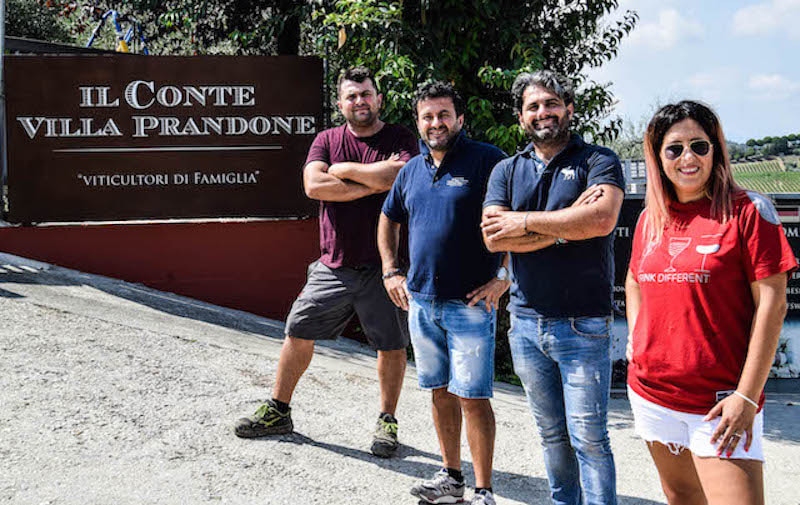
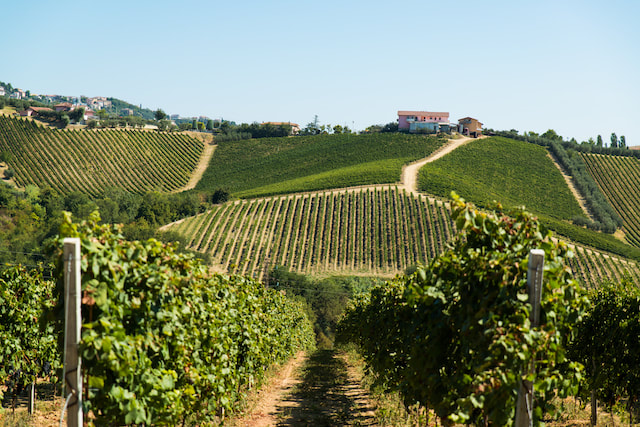
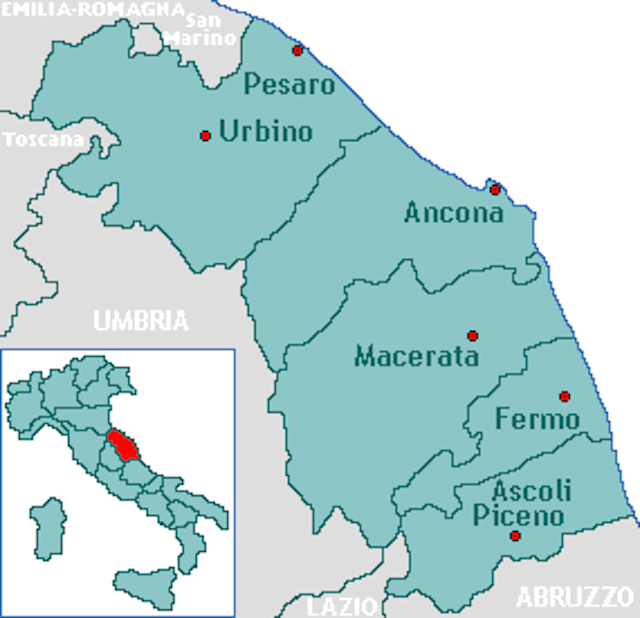
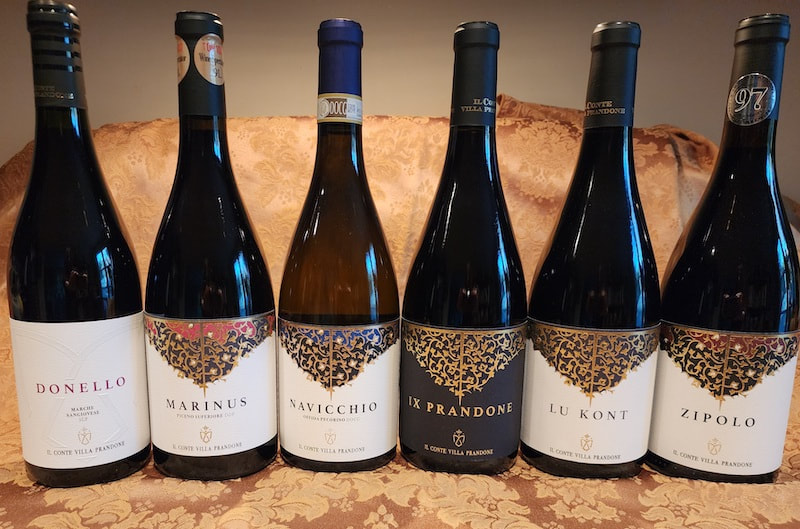
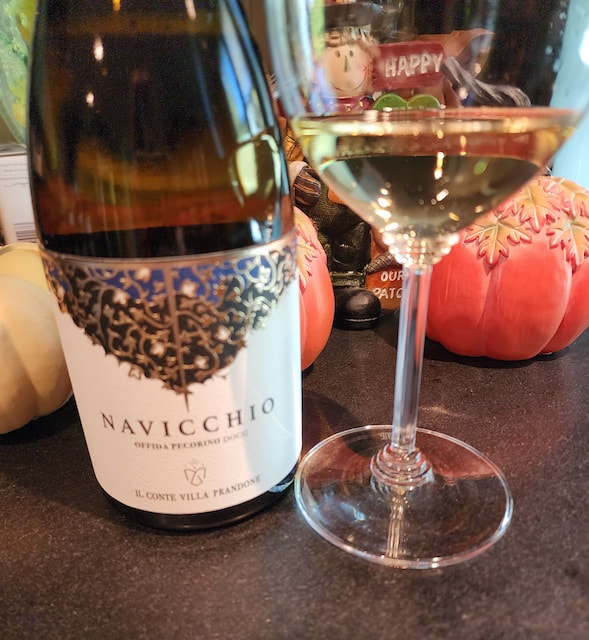
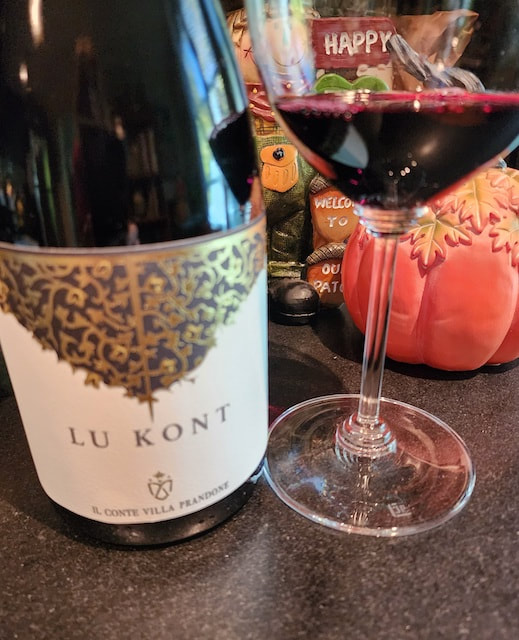
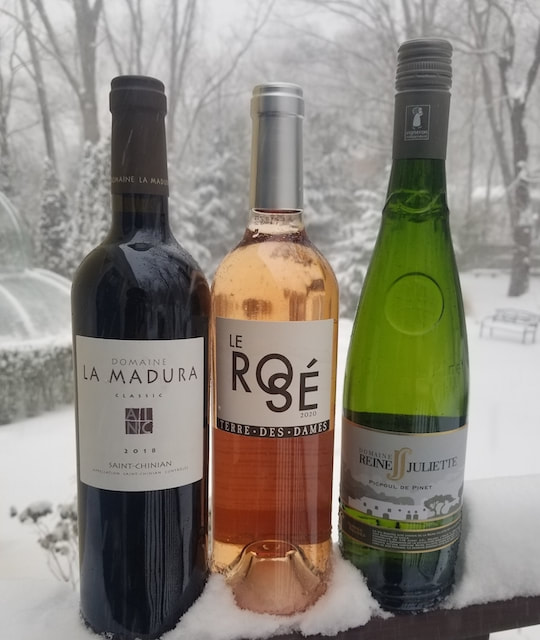
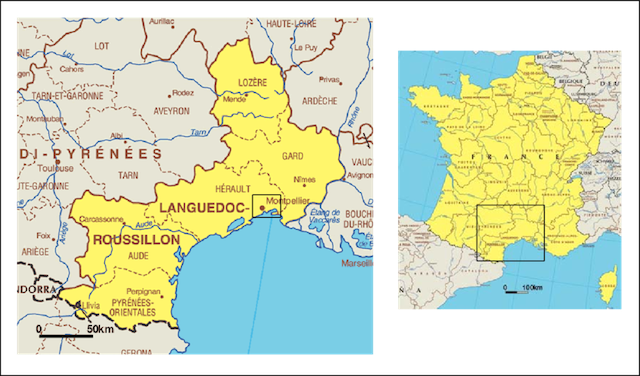
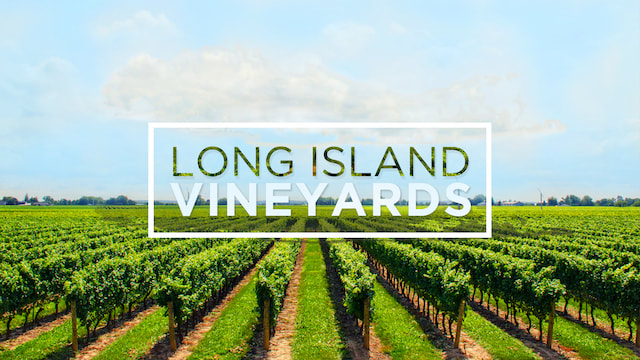
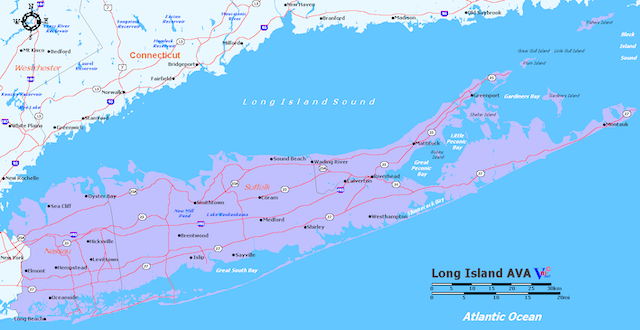
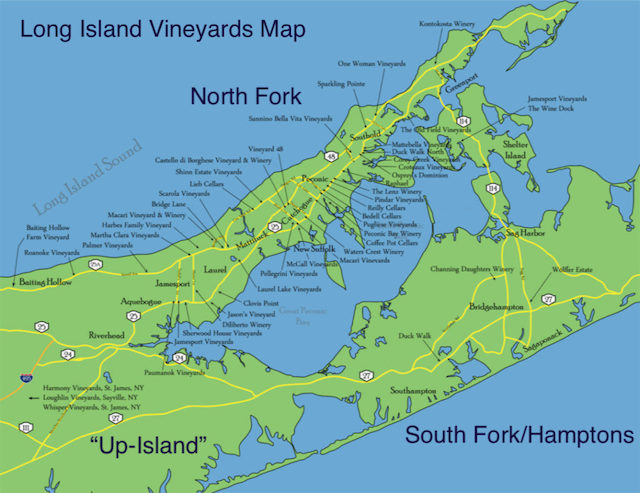
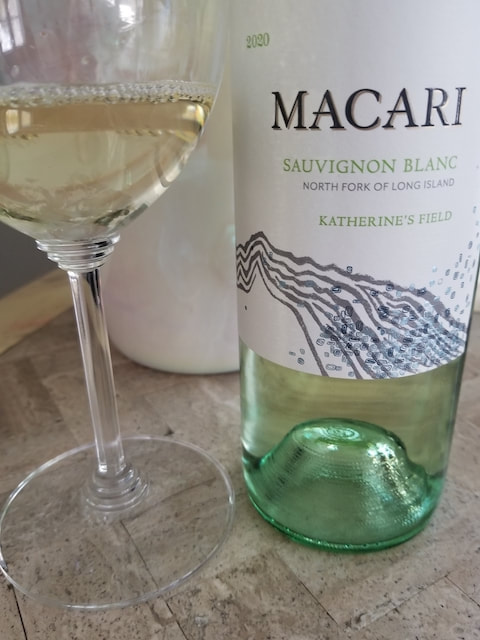
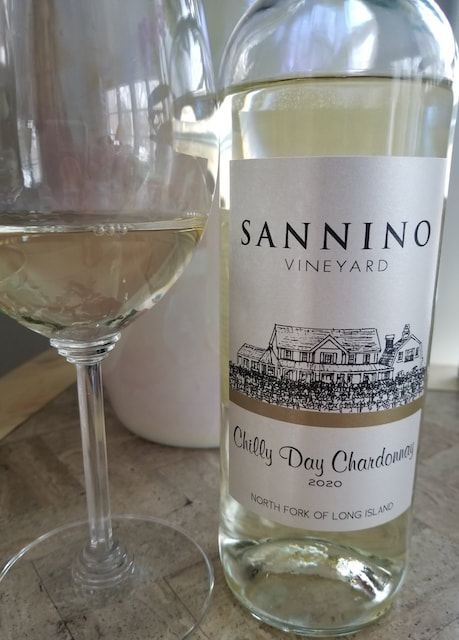
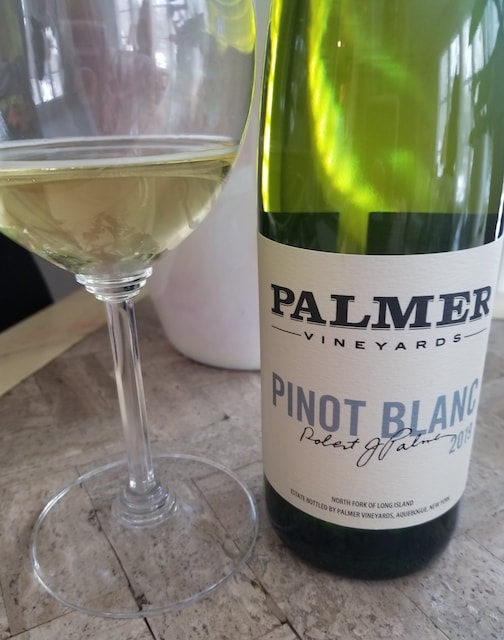
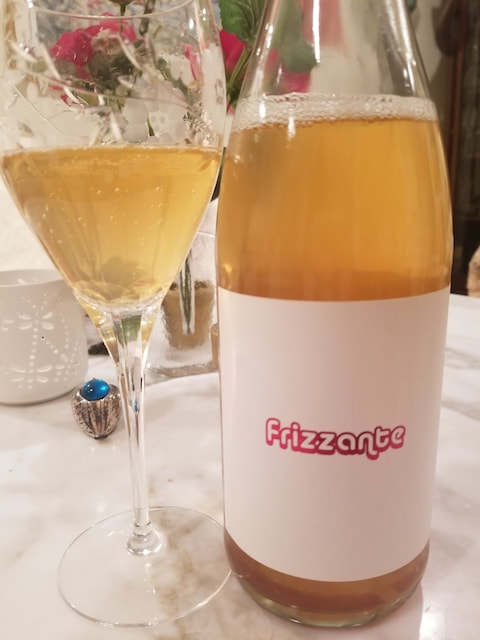
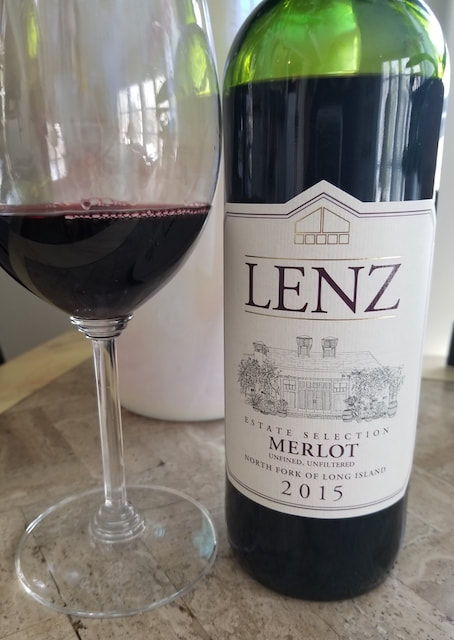
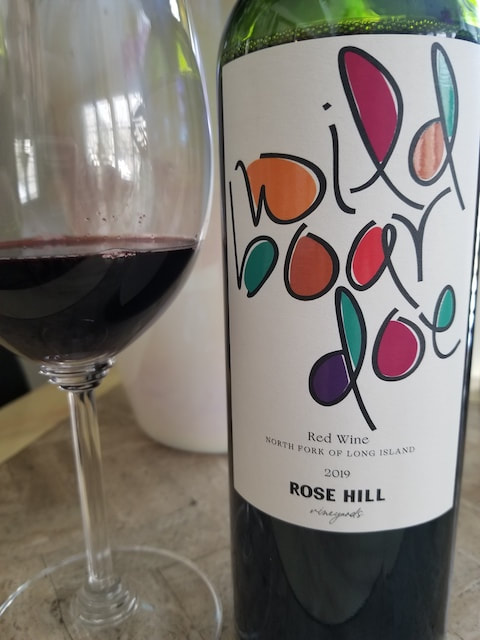
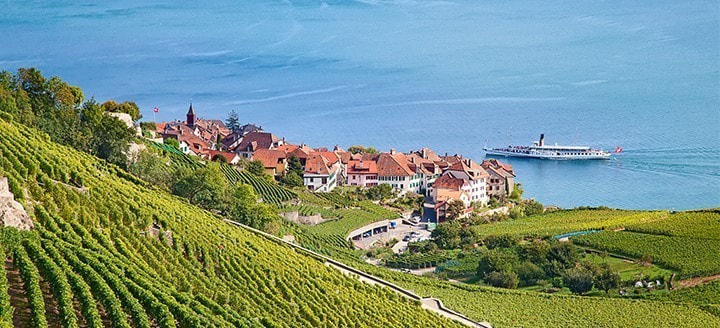
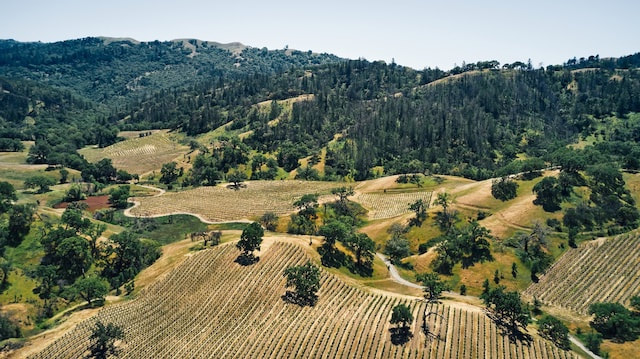
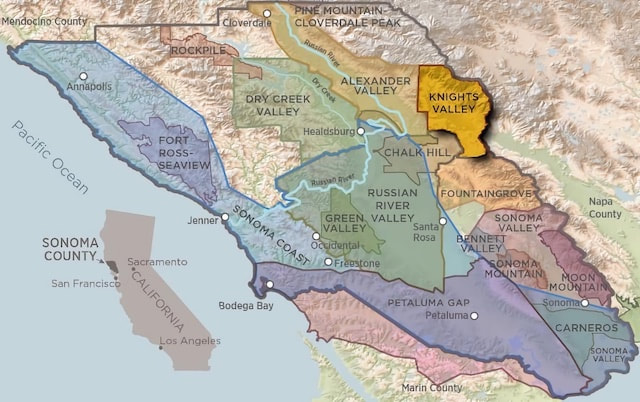
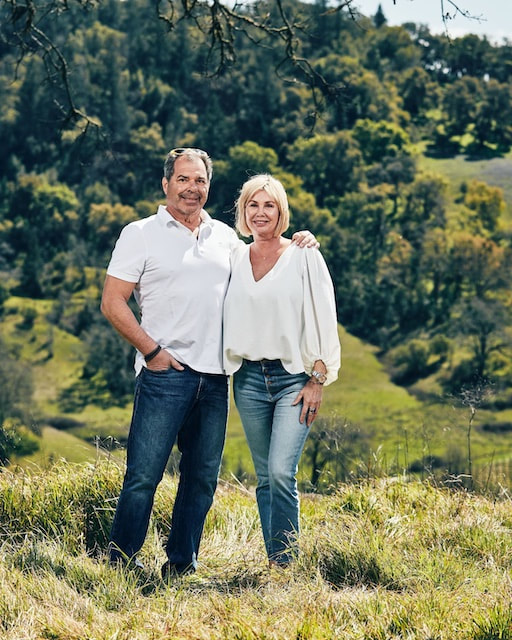
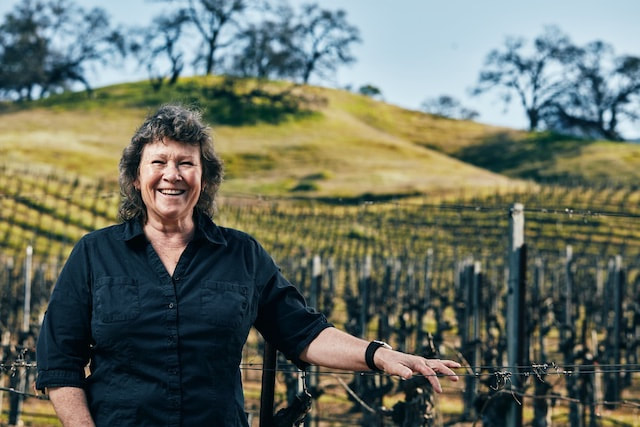
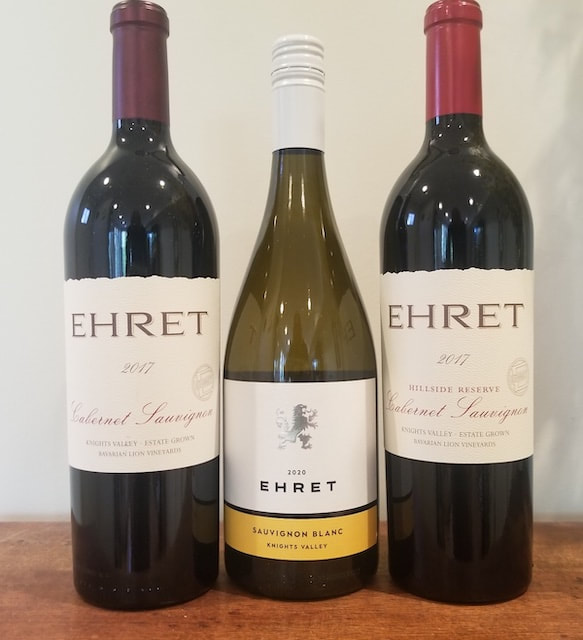
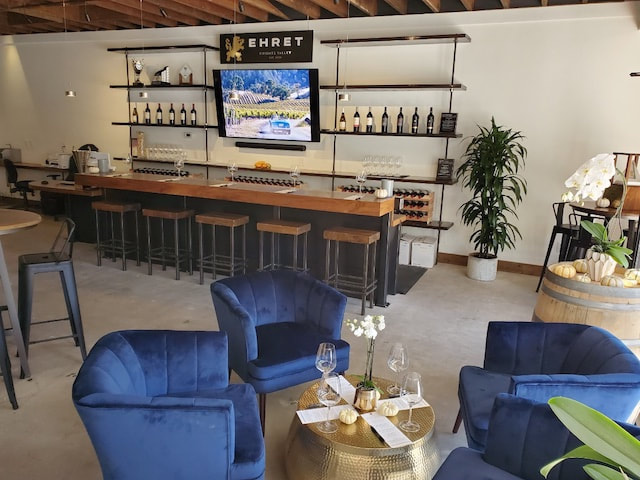
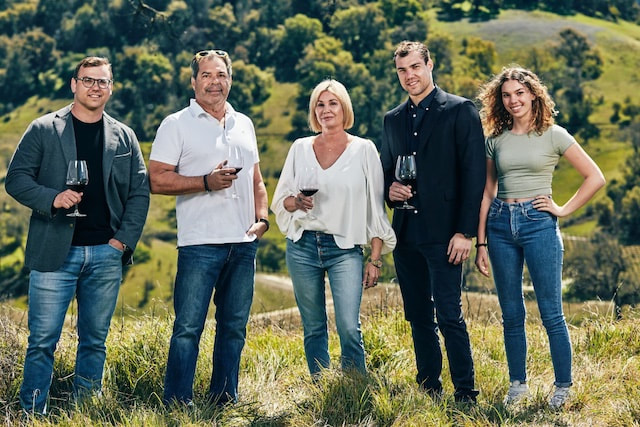
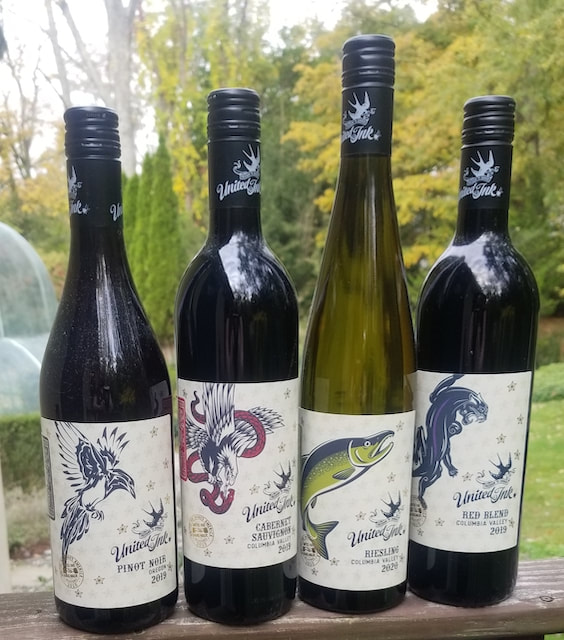
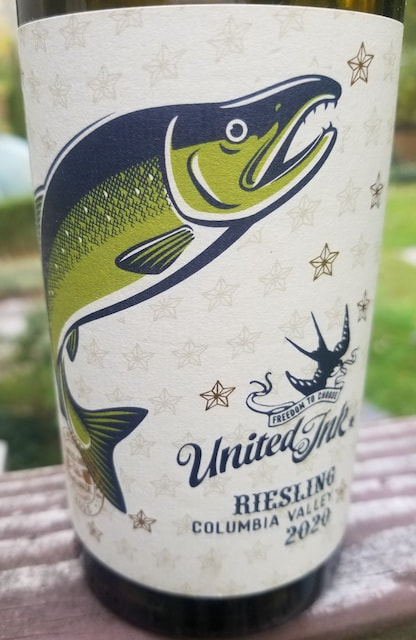
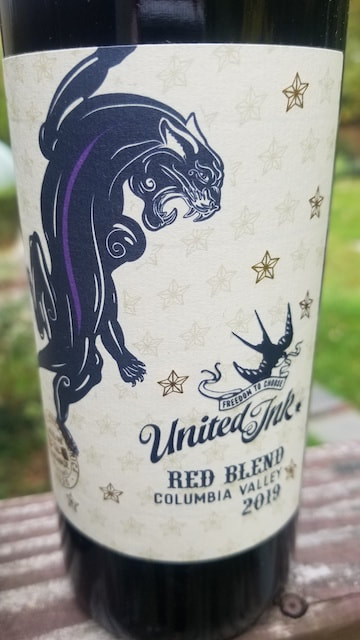
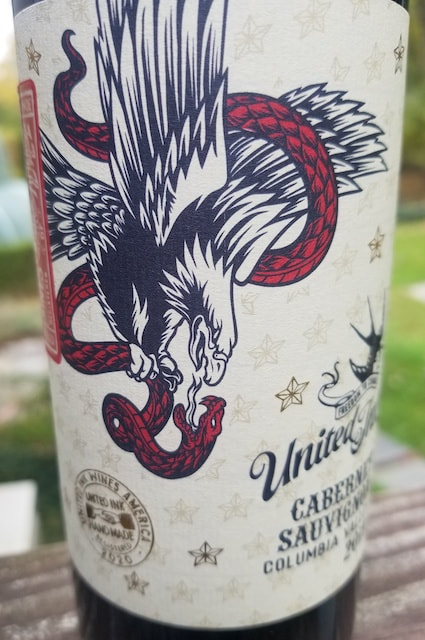
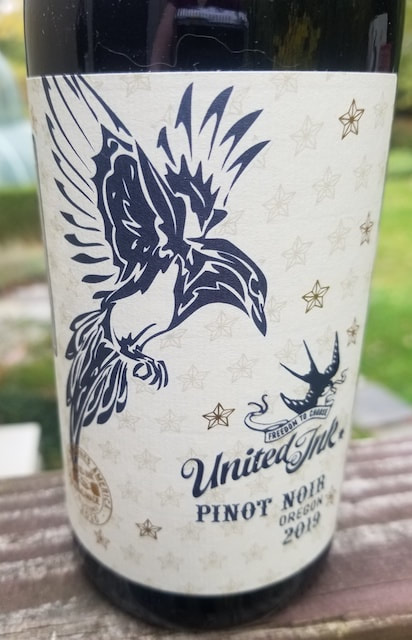
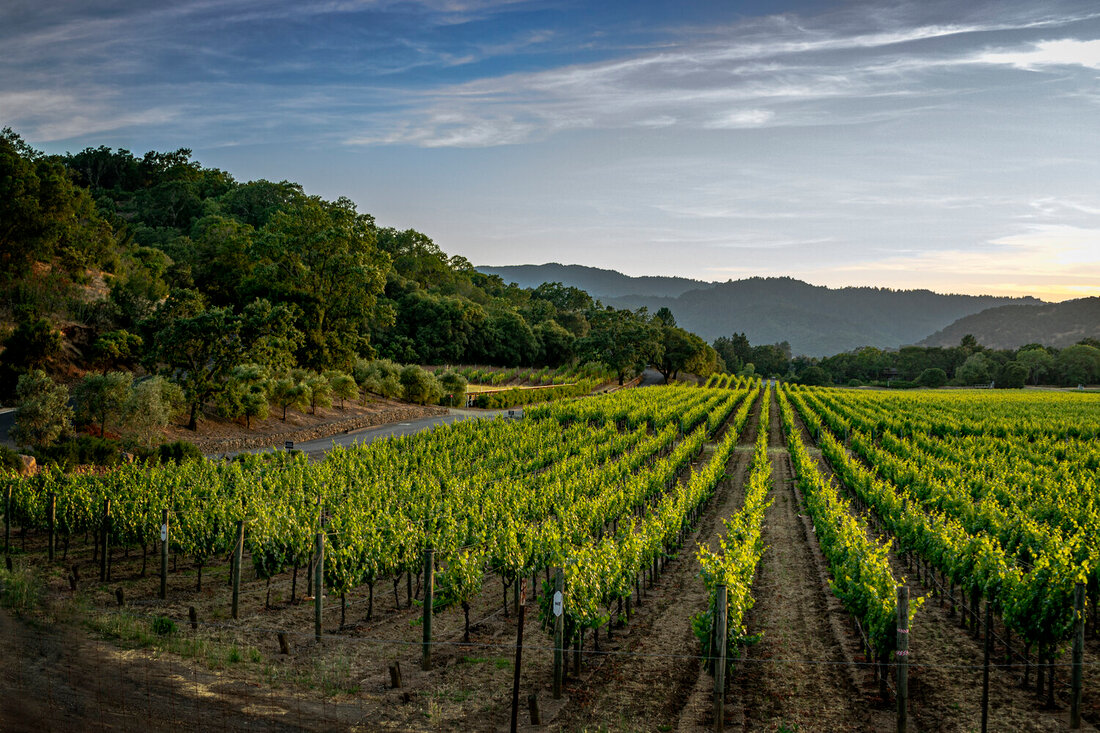
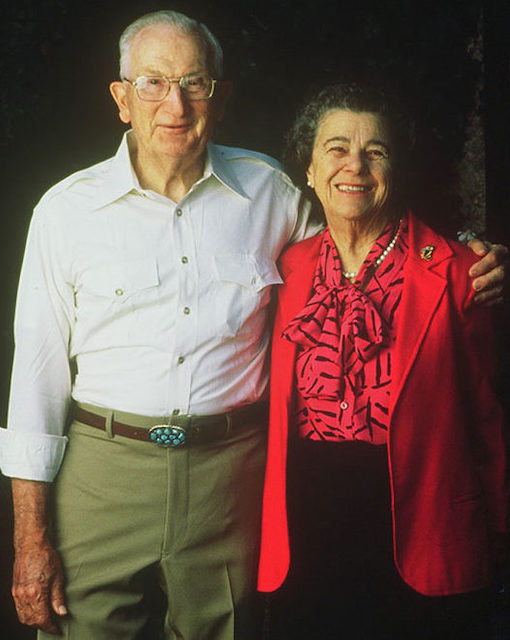
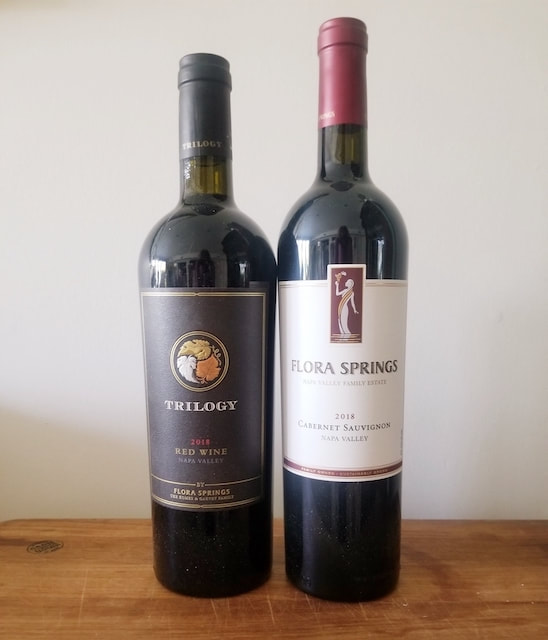
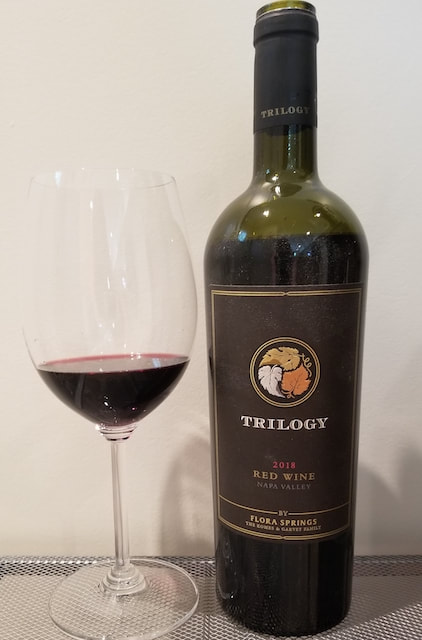
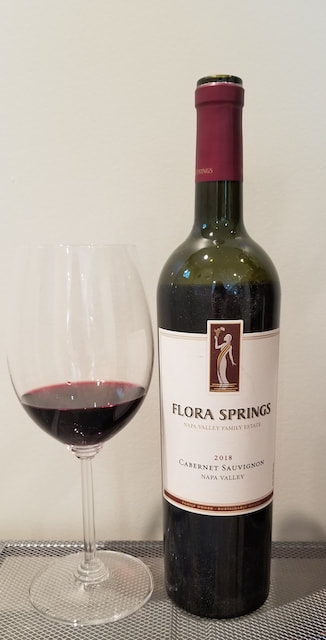
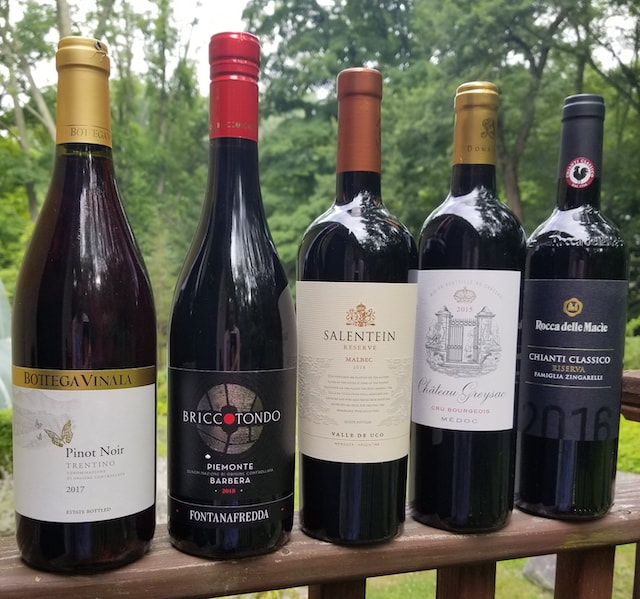
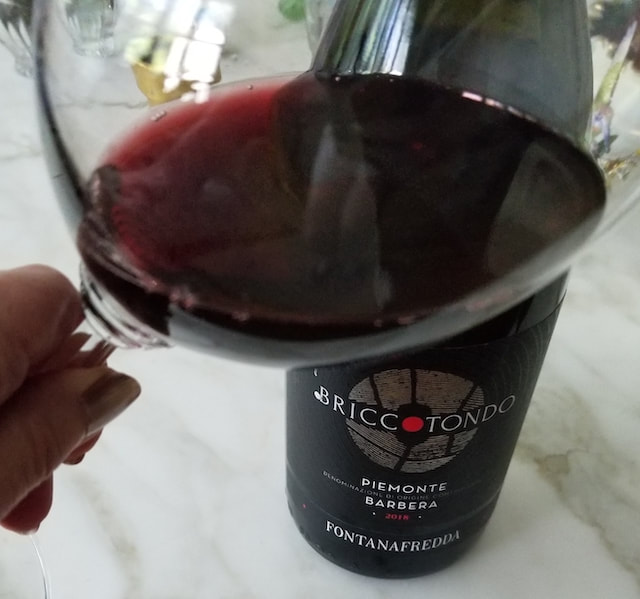
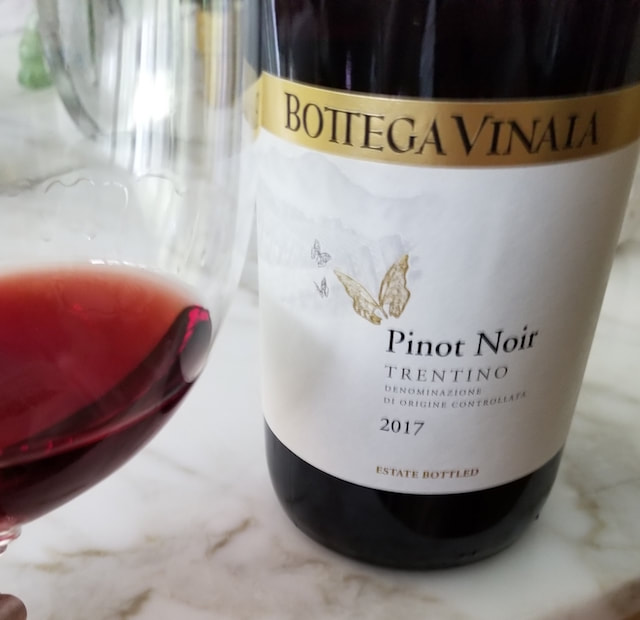
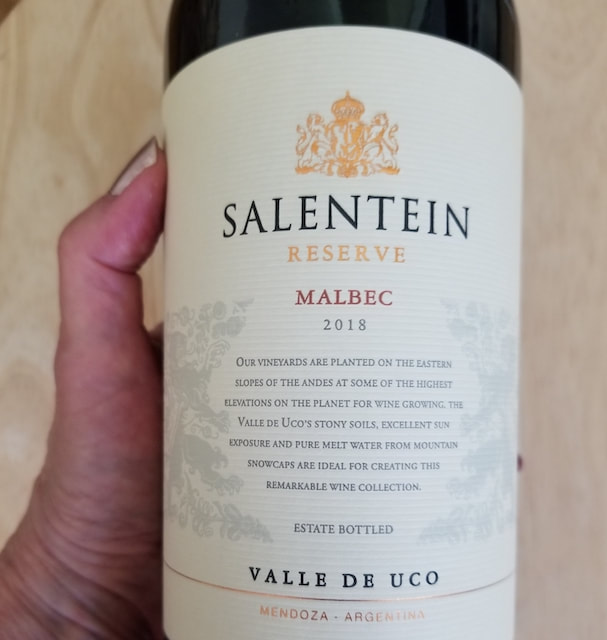
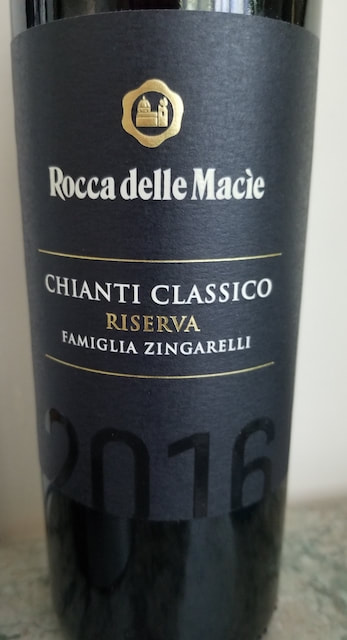
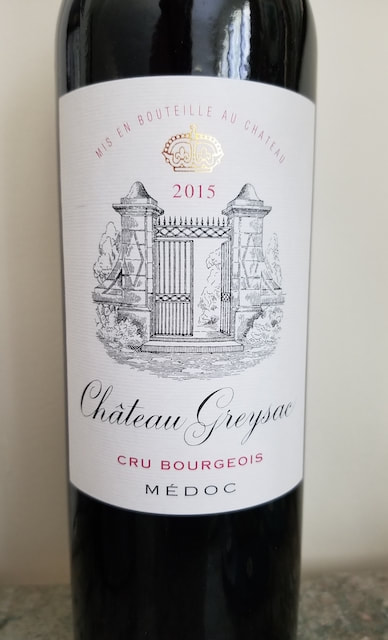
 RSS Feed
RSS Feed